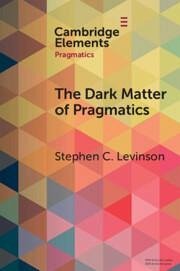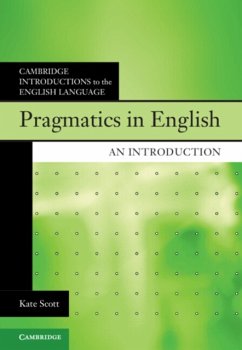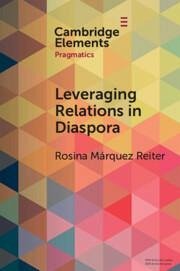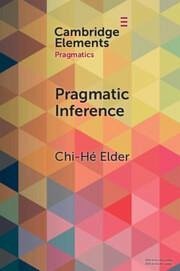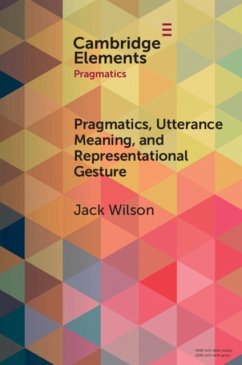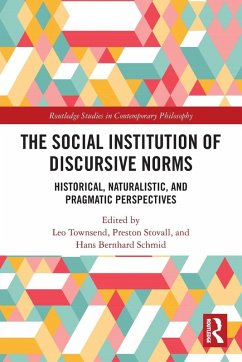
Pragmatics and Emotion

PAYBACK Punkte
57 °P sammeln!
Most books on linguistic pragmatics overlook the role of emotion in communication. This book faces the challenges head-on by providing an original study of how we communicate our emotions through language, integrating affect in pragmatic theory. Innovative yet accessible, it is essential reading for anyone interested in communication and emotion.





